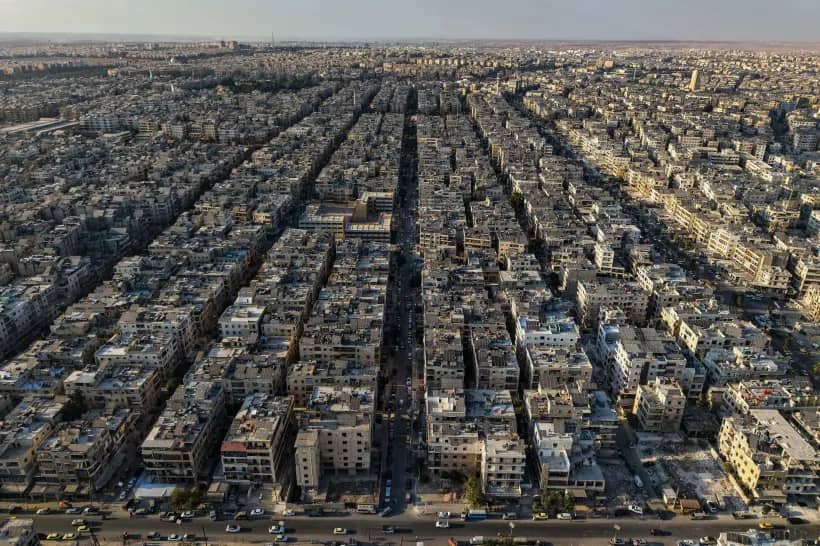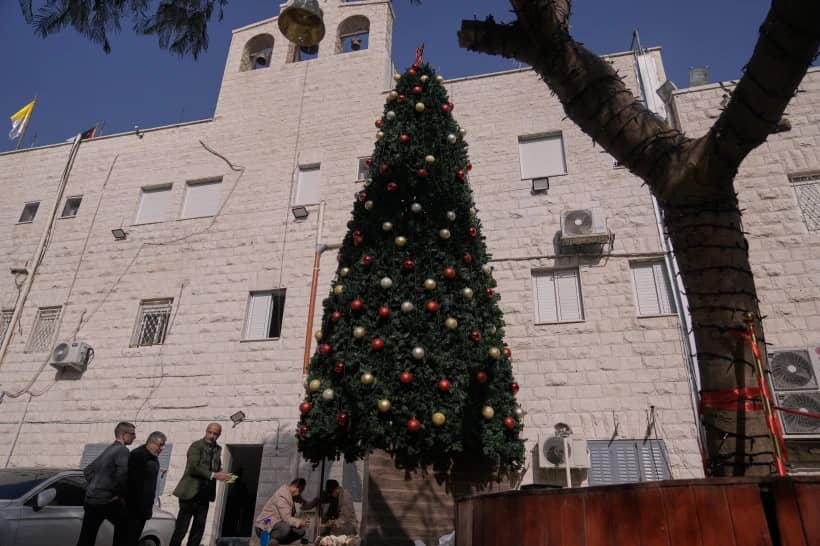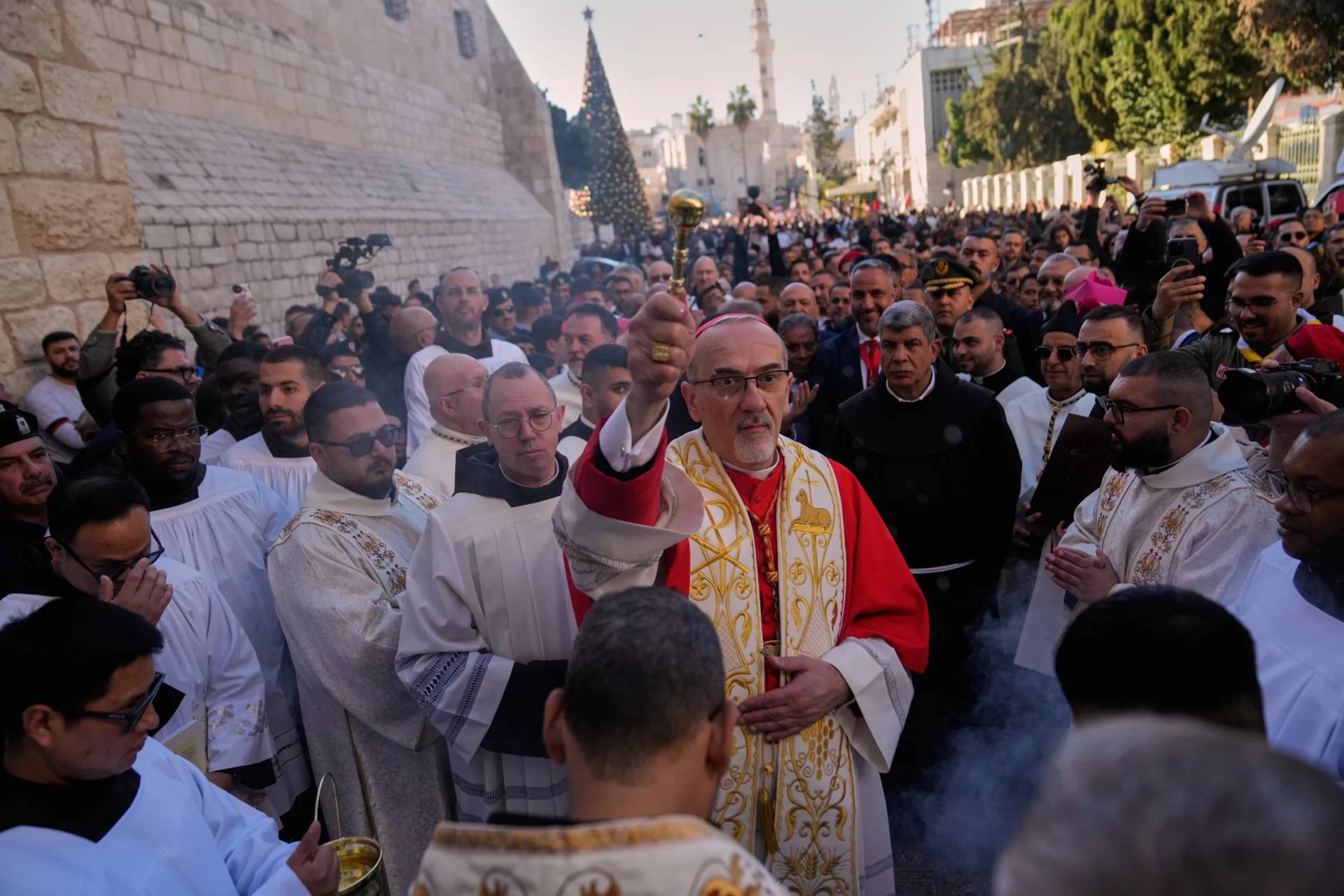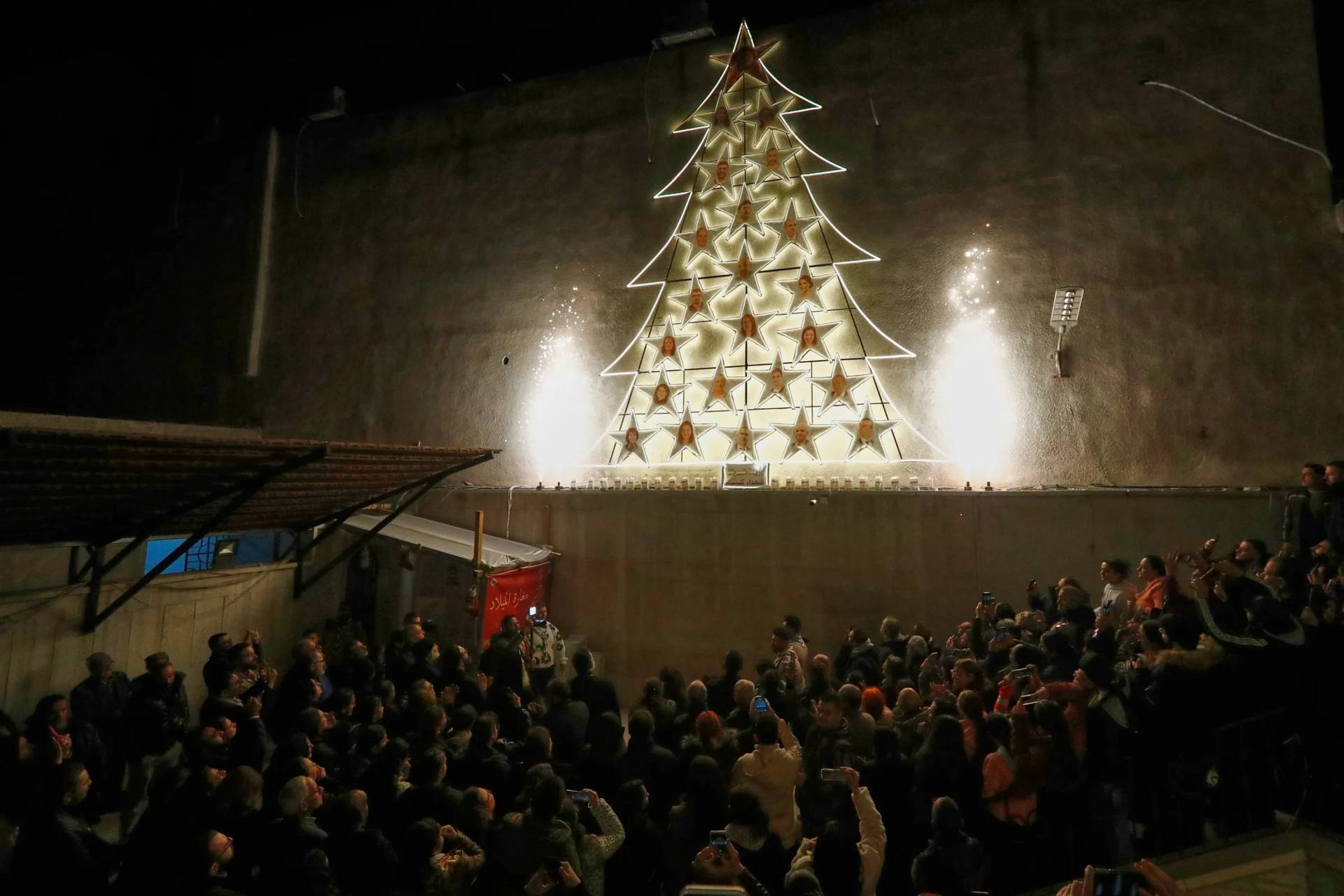NEW YORK – In light of the deaths of seven World Central Kitchen workers in Gaza from an Israeli strike, the U.S. bishops’ overseas development arm has said it’s critical there are improvements to the humanitarian notification system, and to how parties in conflict ensure that personnel serving humanitarian agencies are kept safe.
“CRS, and I think all humanitarian actors are extremely concerned by that incident,” Jason Knapp, the country representative for Catholic Relief Services in Jerusalem, the West Bank, and Gaza told Crux.
“The role of aid workers is to alleviate suffering of people in crisis, and the safety of us as humanitarians must be guaranteed,” he said.
“We’ve been advocating since early in this war that there are improvements to how the humanitarian notification system is respected, and how the parties in conflict make sure that humanitarians are kept safe,” Knapp continued. “Attention to that issue is all the more critical after the tragedy on Monday.”
The World Central Kitchen Workers were killed on April 2. Israel Prime Minister Benjamin Netanyahu has since apologized, saying Israel “deeply regrets the tragic incident.” Meanwhile, World Center Kitchen and Anera, a humanitarian aid organization, have announced they will pause operations.
A United Nations spokesperson said April 2 that at least 196 humanitarian aid workers have been killed in Gaza since the war began in October.
Knapp said the CRS will continue operations in Gaza, noting that even if they wanted to pull out, there isn’t much of an option to do so because many of their staff are Gazans. CRS has 56-58 staff members in Gaza at any given time, 50 of whom are Gazan, and about six to eight of which are CRS staff from elsewhere who have been cycling into the region, Knapp said.
Knapp explained that CRS’ approach to security management centers on a localized analysis of risk to determine the specific risks of an environment, how they can be mitigated, and then a decision is made of whether or not to continue a specific operation given those risks. Under the specific circumstances in Gaza, Knapp said they’re currently reviewing their security management processes.
In addition to those about the safety of the staff, Knapp expressed a general concern for the direction of the war. He described the situation in Gaza unlike anything the organization has experienced in the region given the length of time it has remained an active war zone, and the amount of people displaced – currently more than 1.5 million.
CRS has already had to re-establish the hub of its operation from just outside of Gaza City in the north, to Rafah, the southernmost city in Gaza. Now, Knapp’s concerned what will happen if Israel pursues an invasion of Rafah, which remains possible.
“It’s an incredibly fluid situation,” Knapp said. “If there’s an invasion of Rafah that does move forward, that we’ve been advocating strongly against from a humanitarian perspective, in addition to the safety of the civilians who are currently in Gaza … I’m worried about how I can get humanitarian systems in and out of Gaza safely if the corridor there is closed.”
CRS’ current operation centers around its hub in Rafah, Knapp said, which includes an office, warehouse, and guest house. They now have a second hub in the city of Deir al-Balah, which is along the coast north of Rafah. At these hubs they’ve established distribution capacity across the southern half of Gaza, and they will soon have 10 distribution points set up.
In the north half of Gaza, Knapp said they have a couple of staff and a couple of local partner organizations that have a physical presence. They’re working in partnership with other organizations, as well, to try and move towards more orderly, predictable, sustainable distributions.
To date, according to Knapp, they have provided over 170,000 people with cash assistance and have reached over 600,000 people with food distribution. They’ve also prioritized shelter assistance – getting people things like tents, plastic sheeting, and tarps – and have distributed items like hygiene kits, blankets and mattresses.
About a month ago, Knapp, who is based in Jerusalem, drove up along the coast from Rafah to Deir al-Balah, and said he was shocked by how many slivers of land were covered by tents, tarps, and other items displaced people configured into shelters. He said the crowding is such that in some places a street that would normally take five minutes to pass now takes more than 45 minutes to get through.
Even off the streets, human shelters, government buildings, and host families are overwhelmed with the number of people they’re sheltering, Knapp said. In the north of Gaza the situation is even more dire, he said.
With the situation only getting worse, Knapp said it’s critical Israel and Hamas agree to a ceasefire.
“It’s all the more critical as we see the situation deteriorate further and further,” Knapp said. “The civilians of Gaza are really tired and I do think it would be incredibly helpful, certainly for the humanitarian response, but also just for the Gazan people to have a chance if there was a ceasefire.”
Follow John Lavenburg on Twitter: @johnlavenburg
















